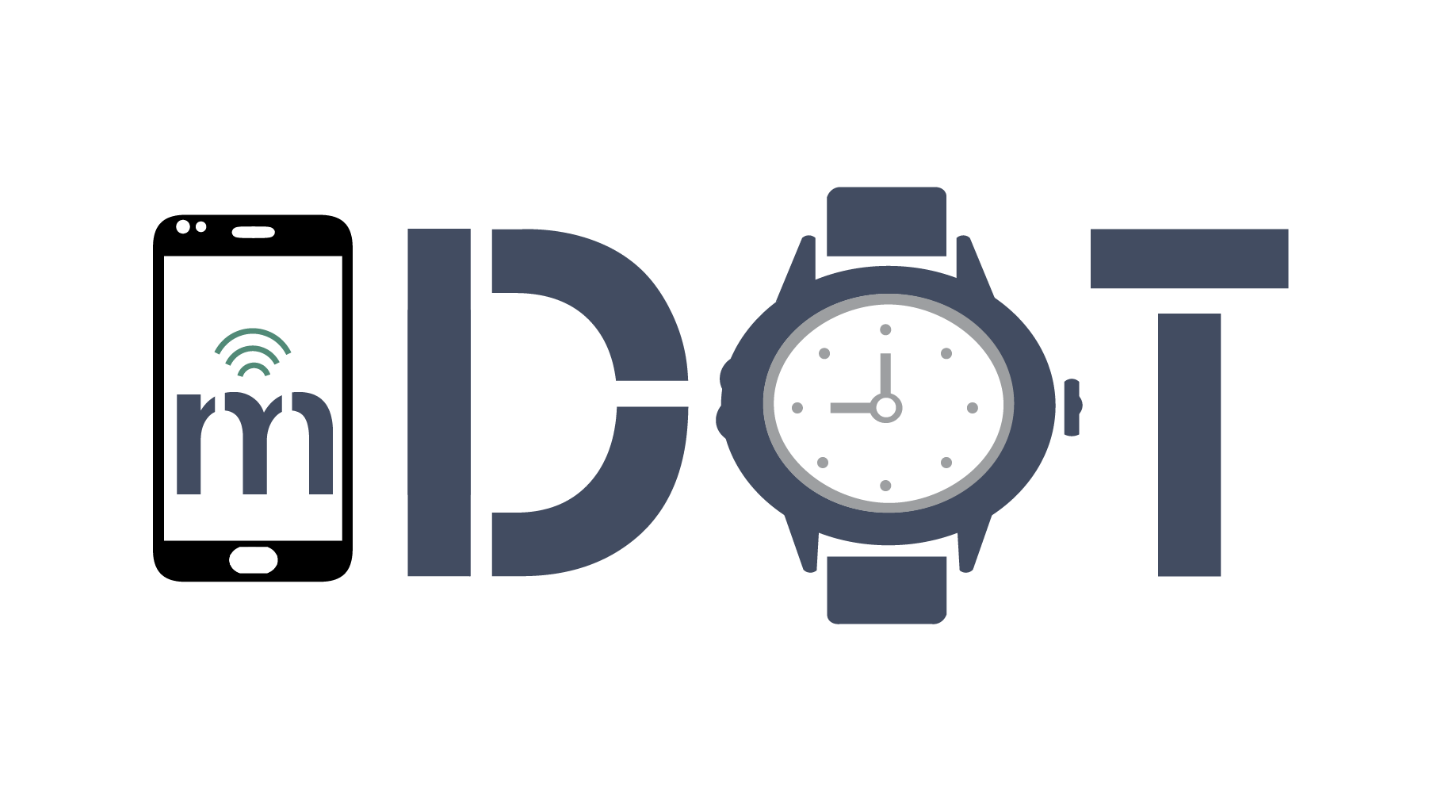CP6 is developing an unobtrusively wearable system for continuously monitoring heart failure (HF) patients in naturalistic settings to automatically assess their risk of experiencing an exacerbation so that appropriate and timely feedback can be provided to caregivers and to the patients themselves. Given the high cost and mortality associated with decompensation and associated rehospitalizations in heart failure, it is imperative that novel noninvasive methods be developed for assessing the risk of decompensation that can support interventions to prevent hospitalization. CP6 is employing ballistocardiography (BCG) to both characterize the state of compensation and decompensation over time in HF patients, and to measure hemodynamic responses to stressors experienced in normal activities of daily living (e.g., walking, climbing stairs). It is investigating the underlying mechanisms involved in the genesis of wearable BCG signals that can measure reaction forces propagating through the body in response to the heartbeat to determine the placement and modality of the sensors for optimizing the measurement of heart function.
CP6 has designed and implemented multiple sensing approaches to heart function assessment that can be used by patients in their homes, including a weighing scale with modified load cells that is capable of sensing displacements due to heart contractions, and prototype wearable sensors that can be worn on the torso of the patient and uses accelerometry to measure reaction forces. CP6 has conducted a study with HF patients that are admitted with decompensation and treated during hospitalization to restore compensation. BCG signals were collected from patients at intake and during hospitalization, and in outpatient follow-up at home. Analysis of these signals has demonstrated that there is significant differences in BCG variability between the decompensated and compensated HF states within the same patient. On-going work is assessing the role of individual differences in the characteristics of the BCG signal and is exploring the automated classification of states of decompensation from BCG signals. CP6 will conduct feasibility and usability testing to assess the feasibility and practicality of using BCG signals collected in the home setting to identify patients at risk for decompensation. An additional goal of CP6 is to develop novel machine learning algorithms to estimate cardiac output (CO), blood pressure (BP), and indirect calorimetry from ambulant subjects in a home setting using wearable BCG technology.
CP6 is generating novel sensor and biomarker models for estimating a decompensation score, along with cardiac output (CO), blood pressure (BP), and indirect calorimetry. Currently, high rate sensor measurements are collected in the field and for subsequent offline processing and the computation of biomarkers. In order to achieve its long-term goal of providing timely feedback to patients and caregivers, these biomarker models need to be implemented efficiently on the sensors and the computed biomarkers should be easily accessible on a smartphone in real-time. Such an implementation should be packaged in a smartphone app so it can provide repeatable measurements without consuming significant computation or battery capacity, thereby hiding the complexity of data screening, cleaning, processing and machine learning algorithms from researchers who are using it in their research studies. To transition these novel biomarkers into a mobile setting for real-time assessment, TR&D3 will collaborate closely with CP6 and undertake the following tasks: In alignment with TR&D3 Aim 1, 1) work with the CP6 technical team to identify micromarkers that can be efficiently computed at the sensor and can support biomarker inferences at the smartphone from micromarkers computed from the high rate sensor data 2.) Implement a computationally efficient and real-time version of biomarkers computed at the sensor in concert with a smartphone app for CP6 that they can test in their cohort of HF patients. With iterative feedback, the implementation of these real-time biomarkers can be improved so that they provide comparable sensitivity and specificity as the non-real-time version of the biomarkers originally developed by CP6.
CP6 will investigate the value of co-optimized hardware/software designs of high data rate sensors from TR&D3 Aim 2 in estimating timing events on the cardiac cycle captured by the mDOT sensors (RFPatch and MotionSenseHRV) in complementing the timing information provided by the ECG and Ballistography sensors of CP6. TR&D3 team will implement middleware services to support the distributed computation of the time interval between these cardiac events captured at different sensors and iterate this implementation to achieve the precision required by CP6 biomarker computations. Iterative testing and deployment of these sensors in CP6 participants will be used in improving the architectures and algorithms.















No Comments